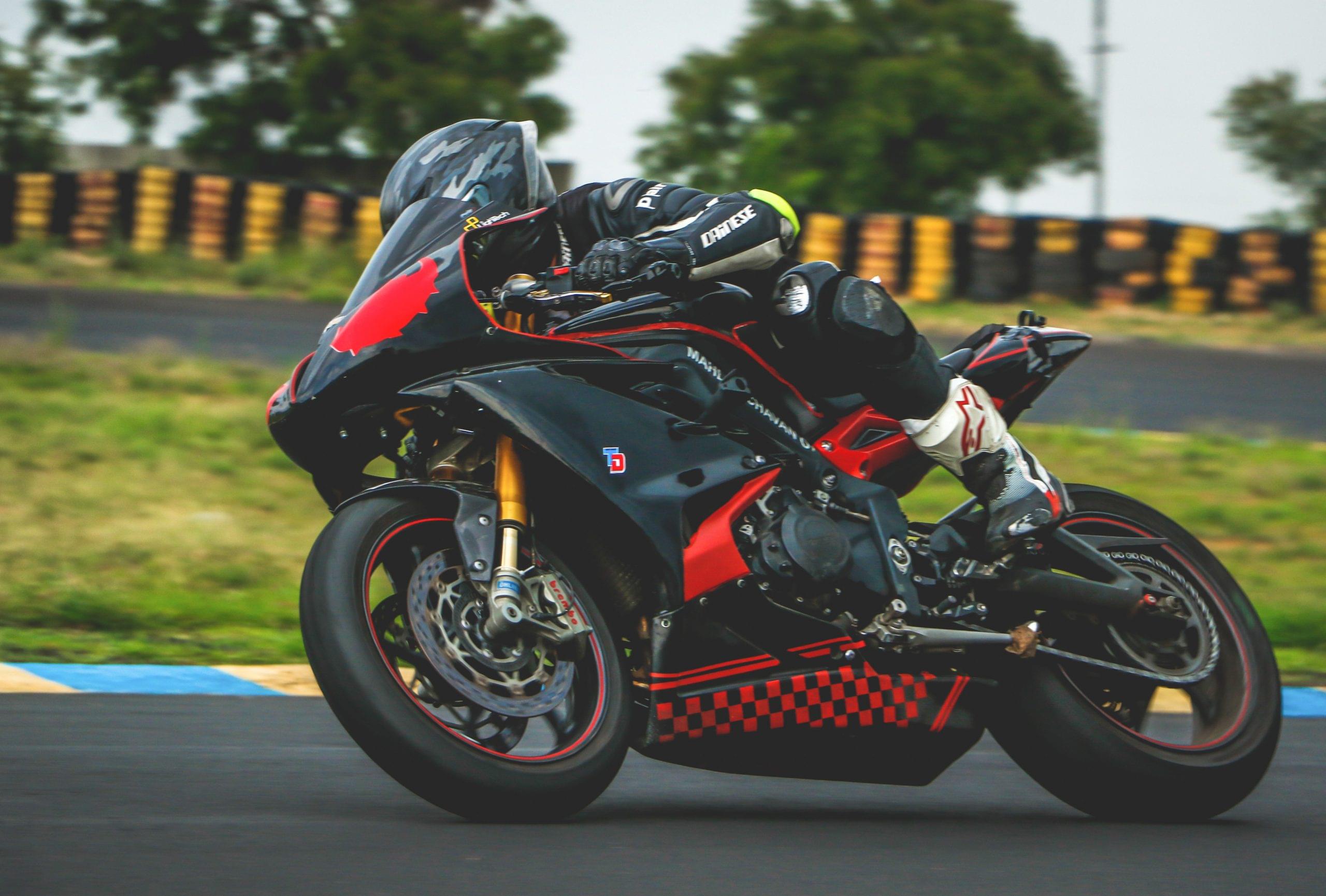MotoGP has produced nine last-lap victory battles in the last three years, compared to thirteen since 1983 for F1.
Riders race at speeds of up to 300 mk/h, shifting their position on the bike simultaneously, almost like synchronous divers in the Olympics
Formula 1 fans enjoyed perhaps the most exciting season in recent memory last year, as Lewis Hamilton and Max Verstappen took it right down to the wire in Abu Dhabi. However, such drama has become something of a rarity in F1 – overtaking is hard and smaller teams are completely uncompetitive. F1 is aiming to improve on-track action with new technical regulations, but another top-class prototype racing series has all these problems sorted out. Enter MotoGP; F1, but for motorbikes. The MotoGP season started on March 6, and if you already like F1, you should be very excited.
What makes MotoGP so fun to watch? First of all, bikes are a lot smaller than the barge that passes for an F1 car these days, which makes overtakes easier on narrow twisty tracks, such as Portimao or Assen (to see this in action, tune in to a Formula E race). The relatively small size of a bike also makes defensive driving much harder – it’s just not possible to cover every possible line through a corner like it is in F1. This leads to aggressive racing and overtakes that happen on track. The current world champion, Fabio Quartararo, made two double overtakes in one race last year – can you imagine this happening with such massive cars in F1? In perhaps the most famous overtake in MotoGP history, at a blind crest before an 18-metre drop known as ‘the corkscrew’, Valentino Rossi pulled off an audacious overtake even as he was pushed off-track by his rival. As someone who once raced at the track (on a Playstation), I can attest to the difficulty of this manoeuvre. The sheer size of a modern F1 car would probably make overtaking impossible at such a complicated corner.
MotoGP races are also significantly shorter – 40 minutes in comparison F1’s 90 to 120 minutes. This means the grid stays relatively close, and slower riders are rarely lapped. In Qatar last year, the entire grid finished within 16s of each other, which is unheard of in the world of F1. All this together makes for more exciting on-track action that lasts the whole race. To take one crude metric, MotoGP has produced nine last-lap victory battles in the last three years, compared to thirteen since 1983 for F1.
“A MotoGP rider doesn’t control the bike with only their hands and feet, but with their whole body”
Other problems which plague F1 don’t affect MotoGP; for example, the new regulations focus on improving overtakes by restricting aerodynamic parts – these improve speed and braking, but also produce unsteady, ‘dirty’ air, which reduces the efficiency of the aerodynamic parts of any cars behind, slowing them down and making overtaking very hard. By virtue of the small surface area of a bike, aerodynamic parts are very limited in MotoGP so dirty air isn’t a concern. In fact, MotoGP bikes enjoy a strong slipstream effect, where riders get a boost in speed by tucking in behind another rider, thereby reducing drag and improving their speed relative to the rider ahead.
Motorbike racing can be mesmerising to watch too, especially when you realise that a MotoGP rider doesn’t control the bike with only their hands and feet, but with their whole body. Riders race at speeds of up to 300 mk/h, shifting their position on the bike simultaneously, almost like synchronous divers in the Olympics but with a little more aggression and toxic masculinity. The key element to watch out for in MotoGP riding styles is the lean angle riders reach when going through tight corners. Riding styles define eras of MotoGP like the technical regulations define eras of F1, from the ‘railroad’ styles of early riders, with barely any lean-angle, to the gravity-defying ‘elbow-out’ style of Marc Marquez, who set the record at 68 degrees of lean and regularly saves crashes by simply propping himself up with his elbow.
Motorsports aren’t only about what happens on the track, though. The skill and ingenuity needed to build a race car or motorbike is also part of their appeal. Admittedly, there isn’t as much attention paid to technical development in MotoGP as there is in F1, largely because MotoGP regulations are stricter and allow for less divergence between constructors. However, this has an upside: it keeps teams closer together in terms of performance and makes it feasible for entrants with less funding to compete. MotoGP also offers concessions to teams who record poorer results, allowing them to update engines and other parts throughout the year, while the better teams have to stick with their original components.
Finally, teams are all paid the same amount, apart from factory teams who lease bikes to satellite teams, and thus have higher development costs. These might all seem like obvious steps, but F1 doesn’t offer concessions to new teams – the current teams opposed a plan to offer concessions to Porsche should they join, given that it might improve competition, God forbid. They also pay massive amounts of money to older, established teams such as Ferrari, because again, to do otherwise might make the sport competitive. Meanwhile in MotoGP, Suzuki rejoined the grid in 2015, and won the Rider’s Championship in 2020 – and their main competition was from a satellite team running old bikes. The F1 analogy would be Alfa Romeo competing with Haas for the title in a 2019 car.
MotoGP is growing in popularity, but it has yet to reach the heights of F1. Yet in many ways, it has almost everything that F1 sorely lacks: overtaking, exciting races, numerous competitive manufacturers, and all with only half the number of wheels. If you’ve never watched motorsports, maybe consider tuning in – you might be pleasantly surprised!






